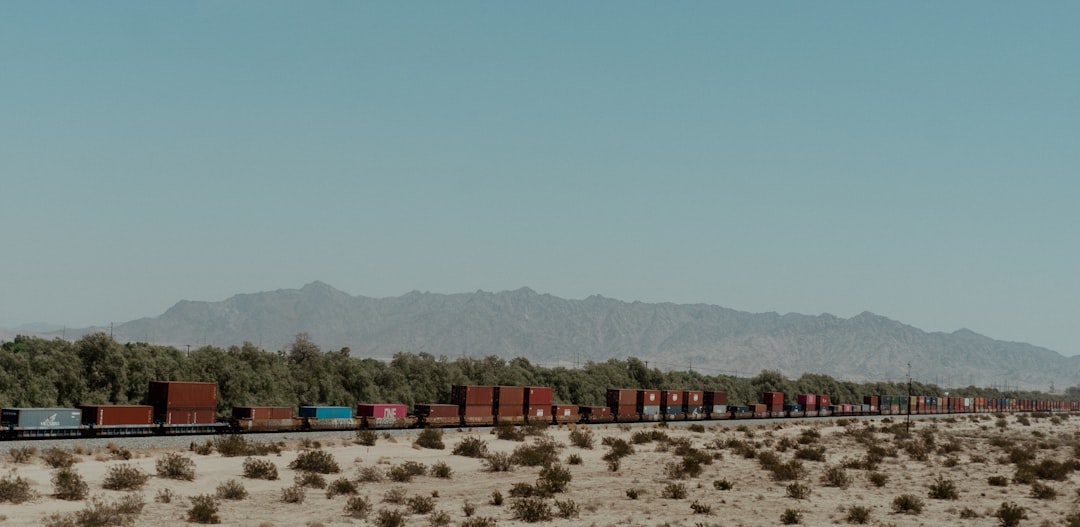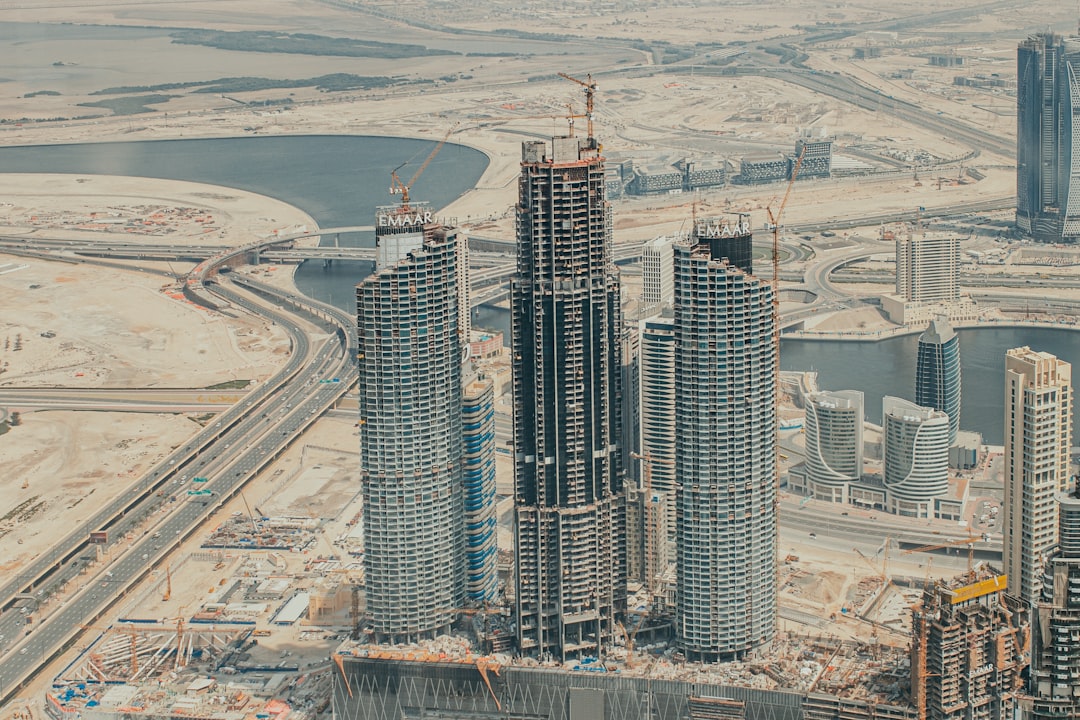The Steel Backbone of the Emirates: How Mega-Projects Are Forging Demand for Structural Steel in the UAE
The Unbreakable Bond: UAE's Vision and the Rise of Steel
The United Arab Emirates is in the midst of a remarkable transformation, driven by ambitious national strategies like the 'We the UAE 2031' vision and the Dubai 2040 Urban Master Plan. These blueprints for the future are not just concepts; they are being built with concrete and, most importantly, steel. From towering skyscrapers to sprawling infrastructure, the demand for high-quality structural steel has never been higher. The nation's construction market, valued at over USD 66 billion in 2024, is projected to grow significantly, acting as a primary engine for the steel industry. This boom is a direct result of the government's focus on economic diversification away from oil, with massive investments in tourism, logistics, and public infrastructure. As a result, structural steel has become the foundational material for building the UAE's future.
Etihad Rail: Laying Steel Tracks for a Connected Future
The Etihad Rail network is arguably one of the most transformative infrastructure projects in the UAE's history. This "steel lifeline" is designed to connect all seven emirates, linking industrial zones, urban centers, and major ports over a vast network. The project's sheer scale requires hundreds of thousands of tons of fabricated steel components, from heavy sections for bridge girders and station concourses to rails stretching across the country. The railway is more than just a transportation network; it’s a logistics game-changer. By partnering with major producers like Al Ghurair Iron & Steel, Etihad Rail facilitates the efficient movement of raw materials and finished products, boosting the entire industrial supply chain. This synergy not only enhances operational efficiency but also reduces road congestion and carbon emissions, aligning with the UAE's sustainability goals.

Expanding Horizons: Airport Developments Fueling Steel Demand
As a global hub for travel and commerce, the UAE is continuously expanding its aviation infrastructure. The planned new passenger terminal at Al Maktoum International Airport in Dubai is a monumental undertaking with a budget of AED 128 billion (USD 34.8 billion). Projects of this magnitude are incredibly steel-intensive. Structural steel is critical for constructing the vast terminal buildings, hangars, support structures, and concourses needed to accommodate up to 260 million passengers annually. This expansion creates a ripple effect, spurring further real estate and commercial developments in surrounding areas, all of which require significant quantities of steel for their frameworks.
The Urban and Commercial Boom: Building Cities of Tomorrow
Rapid population growth and a thriving tourism sector are driving relentless demand for new residential and commercial spaces. Iconic projects that define the UAE's skyline, such as the Burj Khalifa and Palm Jumeirah, are testaments to the capabilities of modern steel construction. The Dubai 2040 Urban Master Plan and Abu Dhabi Vision 2030 continue this legacy, guiding the development of smart, sustainable cities. These initiatives require vast amounts of structural steel for high-rise residential towers, sprawling shopping malls, luxury hotels, and innovative entertainment venues. Steel's strength and versatility make it the ideal material for the ambitious and often complex architectural designs that characterize the UAE's urban landscape.
Powering the Nation: Steel in Energy and Utilities
The UAE's commitment to diversifying its energy mix presents new avenues for steel consumption. While the oil and gas sector remains a significant user of specialized steel products, the focus is shifting towards renewable energy. The Mohammed bin Rashid Al Maktoum Solar Park, one of the world's largest renewable energy projects, requires enormous quantities of steel for mounting structures, support frames, and associated infrastructure. Similarly, investments in low-carbon ammonia facilities and other industrial projects under the 'Operation 300 billion' initiative drive demand for custom-fabricated steel modules and components, pushing the power and energy segment into a period of rapid growth.
The Bedrock of Modern Architecture: The Role of Structural Steel
Structural steel is indispensable in modern Emirati architecture. Its superior strength-to-weight ratio allows for the creation of expansive, column-free interior spaces, gravity-defying cantilevers, and intricate facades—hallmarks of the region’s futuristic designs. Prefabricated and pre-engineered steel components are increasingly used to accelerate construction timelines, reduce on-site waste, and improve quality control. This efficiency is crucial for meeting the demanding schedules of mega-projects. From heavy sections like beams and columns to custom-fabricated trusses and girders, steel provides the strength and flexibility needed to turn ambitious architectural visions into reality.

Forging a Green Future: Sustainability in Steel Production
Aligning with national goals like the Net Zero by 2050 strategy, the UAE's steel industry is undergoing a green transformation. Major producers like Emirates Steel Arkan are leading the charge, pioneering projects to produce steel using green hydrogen instead of natural gas. This initiative, in partnership with Masdar, marks a significant step towards decarbonizing a traditionally carbon-intensive industry. By adopting cleaner energy sources, increasing the use of recycled scrap metal through Electric Arc Furnaces, and investing in carbon capture technologies, the UAE steel sector is not only reducing its environmental footprint but also enhancing its competitiveness in a global market that increasingly values sustainable materials.
Navigating Market Dynamics: Steel Production, Imports, and Pricing
The UAE steel market is dynamic, with a forecasted value reaching USD 3.04 billion by 2030. While local production capacity is expanding—highlighted by the Ras Al Khaimah Steel Plant's goal to produce 5 million tons annually by 2025—the country still relies on imports to meet its massive demand. Key exporters to the UAE include China, India, and Turkey. This interplay between local production and imports, combined with global price volatility for raw materials like iron ore, influences domestic rebar and structural steel prices. Local producers and suppliers are continuously adapting to these market forces to ensure a stable supply for the booming construction sector.
| Structural Steel Product | Key Characteristics & Uses | Common UAE Applications |
|---|---|---|
| Heavy Sections (Beams/Columns) | High load-bearing capacity, forms the primary frame | High-rise buildings, bridges, industrial facilities |
| Rebar (Reinforcing Bar) | Reinforces concrete, provides tensile strength | Foundations, slabs, concrete columns |
| Plate-Worked Girders & Trusses | Custom-fabricated for long spans and heavy loads | Airport concourses, large-span roofs, bridges |
| Hollow Structural Sections (HSS) | High strength-to-weight ratio, aesthetically versatile | Architectural features, support frames, canopies |
| Pipes and Tubes | Used for fluid transport and structural applications | Oil & gas pipelines, utility infrastructure |
Innovations in Steel Fabrication and Technology
To keep pace with the demands of modern construction, the UAE's steel fabrication industry is embracing innovation. The adoption of Building Information Modelling (BIM) and other digital transformation tools is becoming standard practice, enhancing design accuracy and collaboration between architects, engineers, and fabricators. Automation in welding and cutting processes is improving efficiency and precision, while the rise of modular construction—where large steel components are fabricated off-site—is helping to speed up project delivery and ensure higher quality standards. These technological advancements are critical for delivering the complex, large-scale projects that define the UAE's development landscape.
Future Outlook: Sustained Demand and Regional Leadership
The future for the UAE's steel industry looks bright and robust. The pipeline of mega-projects, driven by long-term government visions, ensures a sustained demand for structural steel well beyond 2030. The strategic development of the Etihad Rail network, including its planned extension to Oman, will further solidify the UAE's position as a central logistics and industrial hub in the GCC. By continuing to invest in both capacity expansion and sustainable production methods, the UAE is not only meeting its domestic construction needs but is also positioning itself as a key player in the global steel market, ready to build the cities of tomorrow.


